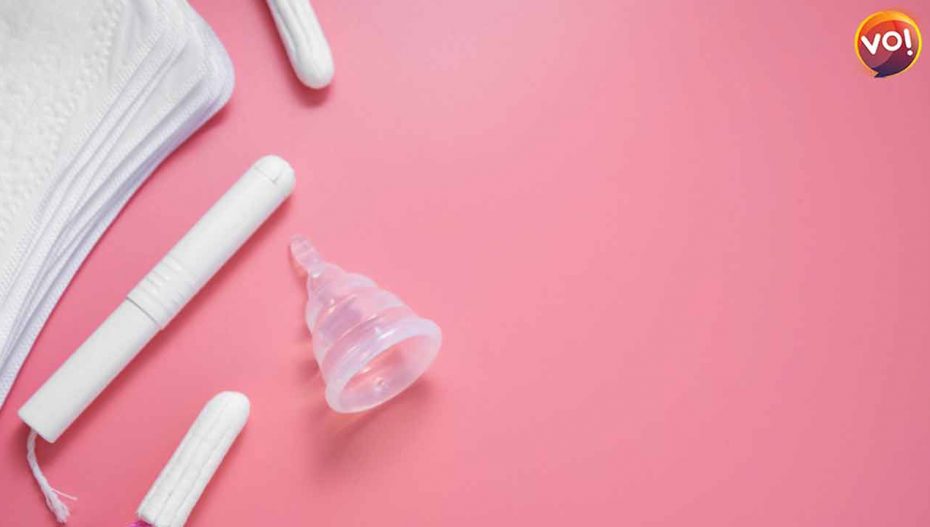Thirty-five crore menstruating women in India. Twenty pads in a month per woman. You do the math.
One sanitary pad could take 500 to 800 years to decompose as the plastic used is non-biodegradable and can lead to health and environmental hazards. About 12.3 billion or 1,13,000 tonnes of used sanitary pads are dumped in landfills in India every year, adding to the already existing plastic pollution in the country, shares a 2021 study titled ‘Menstrual Products and their Disposal’.
Released by the environmental group Toxics Link, the study has also raised serious concerns about improper disposal methods and non-segregation of menstrual waste from household waste, which leads to unhygienic working conditions for waste workers and poses the risk of infectious diseases among them.
This waste is toxic and hazardous to human health as well. Most of the chemicals from these pads reaching the soil cause groundwater pollution and loss of soil fertility. Disposal of this sanitary waste is also a big question mark.
To reduce their carbon footprint, young millennials and GenZs are switching to greener options for period management. Menstrual cups, reusable pads, period discs, tampons, period panties, etc are not only greener but also cheaper.
Devidutta Dash, founder of new-age menstrual care startup Lemme Be, brought out her period care brand two years ago. Today, the brand is growing at 30-40 percent month-on-month and expects to make about ₹30 crore of revenue this financial year. Likewise, Deep Bajaj’s period care brand Sirona Hygiene says it’s bringing in 20,000-30,000 new consumers for its menstrual cups, every month. Vikas Bagaria’s Pee Safe too has seen its menstrual cup market picking up in the last 18 months.
The overall menstrual hygiene market is pegged around ₹6,000-7,000 crore, which is a duopoly between the giants Whispers and Stayfree occupying 90 percent of the market. But the sustainable category is picking up pace and is growing at the rate of 100 percent year-on-year. While there is no specific data available on this nascent market, it could be worth around ₹100 crore overall already.
As per Toxics Link’s report, 80 percent of women and girls in urban India use inorganic disposable sanitary pads. In the survey conducted by them, 88 percent of respondents were willing to switch to environment-friendly alternatives. And with hygiene brands starting to manufacture locally, prices of the products are also falling.
In fact, Tier II and III city consumers are also making the green shift. Kerala and Goa saw many early adopters of these options. For the sustainable category, psychographics, it seems, is more important than demographics. Consumers across the economic divide are willing to give greener alternatives a try. Also, with more awareness around menstruation, sustainable menstrual hygiene is expected to grow at a faster pace.












